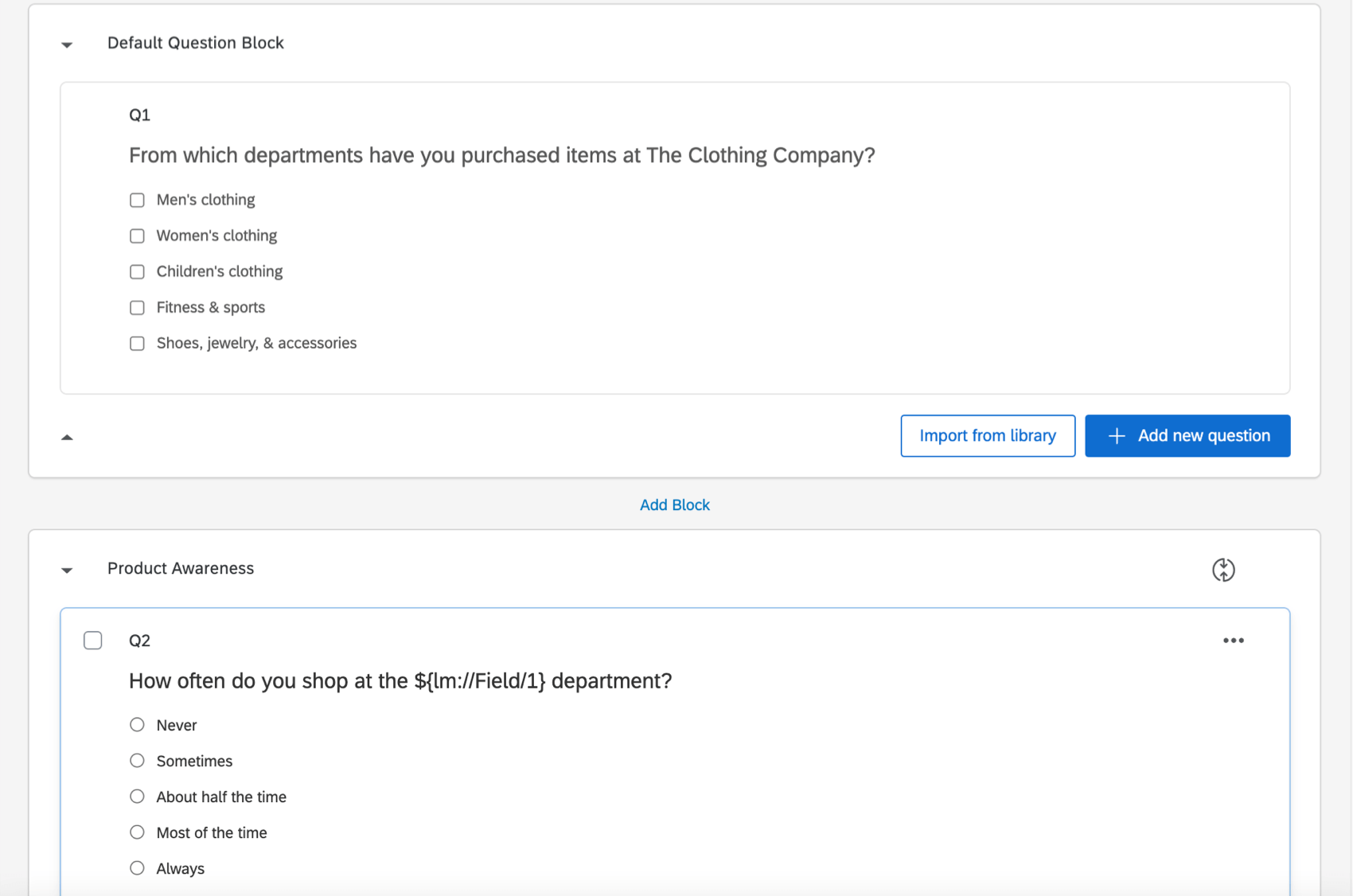
So bind_rows() perform better than rbind() considering this aspect. When we bind these two columns using bind_rows() function, the two dataframes are binded with “NA”s are assigned to those rows of columns missing as shown below.
ADDING ROWS IN A FOR LOOP IN R HOW TO
Lets try row binding the two dataframes using bind_rows() function. Let’s see how to create a column in pandas dataframe using for loop. When we bind these two columns using rbind() function it will throw the following error Lets try row binding the two dataframes using rbind() function. Lets try out with an example #Create two data framesĭf2 = ame(CustomerId = c(4:7), Product = c(rep("Television", 2), rep("Air conditioner", 2)),State=c(rep("California", 2), rep("New Jersey", 2))) rbind() throws an error whereas bind_rows assigns “NA” to those rows of columns missing in one of the data frames where the value is not provided by the data frames. When we combine two data frames having different number of columns. The number of columns of the two dataframes needs to be same for rbind() function and it is not necessary to be same for bind_rows() function.
ADDING ROWS IN A FOR LOOP IN R CODE
After the comma, we select only the code column from the data frame. So the resultant row binded data frame with bind_rows() function will beĭifference between rbind() function and bind_rows() function: Then we add the or condition ( ) where we select rows with code column equal to 1. # row bind the data frames with bind_rows() function in R.

which is not the case in rbind() function. Each iteration, value should be added to sum, then sum is printed out. The number of columns of the two dataframe not necessarily needs to be same. Fill in the for loop, using seq as your sequence. So the resultant row binded data frame with rbind() function will beīind_rows() function takes two dataframes as argument and results the appended or row binded dataframe. # row bind the data frames with rbind function in R. Column names and the number of columns of the two dataframes needs to be same for rbind() function. rbind() function takes two dataframes as argument and results the appended or row binded dataframe.

Now, Row bind (rbind) these two data frames as shown below. Lets see how to implement Rbind function in R with an example. First lets create two data frames #Create two data framesĭf1 = ame(CustomerId = c(1:6), Product = c(rep("Oven", 3), rep("Television", 3)))ĭf2 = ame(CustomerId = c(4:7), Product = c(rep("Television", 2), rep("Air conditioner", 2))) X1,x2 can be data frame, matrix or vector. Tutorial on Excel Trigonometric Functions.Tutorial on Excel Statistical Functions.Tutorial on Excel Mathematical Functions.To add rows, enter a value in the last row and press Enter on your keyboard. Tutorial on Excel Information Functions Loop & merge allows you to take a block of questions and dynamically repeat.Tutorial on Excel Engineering Functions.Does someone know how to WRITE data in an other table? For example creating a table from scratch and inserting rows coming from an existing table, or just creating rows from scratch.Does someone know pros and cons of each method ? Especially if a method is more efficient or more flexible.This complex behaviour has an other drawback : it doesn't allow row-manipulation operations like deleting or duplicating a complete row inserting a row from a table into an other. it's amazing complex (especially for a data-oriented tool). For example if I want to keep the complete row if I have found a particular value (simulate a where clause), I have to first loop on the column, the find the row index, the loop on all columns of the table and retrieve the cell value for the row index.

It means it's not easy to slice a table and pick a complete row. There is something I am not comfortable with: in order to loop on ROWS we have to pick 1 COLUMN and loop on values of this column. Print "= Second solution ="įor currentRowIndex in range(): Print "= First solution ="ĬolumnCursor=DataValueCursor.Create(column)įor row in sourceTable.GetRows(columnCursor): The R FAQs suggest as a solution to either change the R GUI buffering settings in the Misc menu (Ctrl-W) or to tell R explicitly to empty the buffer by adding the line nsole (). We will also focus on generating row numbers by group with an example. In Example 1, I’ll show how to append a new variable to a data frame in a for-loop in R. Example 1: Add New Column to Data Frame in for-Loop. It shows that our example data frame consists of five rows and three columns. We can also use rownumber() function to generate row index. Have a look at the previous output of the RStudio console. Seq.int() function along with nrow() is used to generate row number to the dataframe in R. Here is the minimal code for both methods: from import DataValueCursor To Generate Row number to the dataframe in R we will be using seq.int() function.

Thanks I have succeeded in a method myself but yours looks good too.


 0 kommentar(er)
0 kommentar(er)
